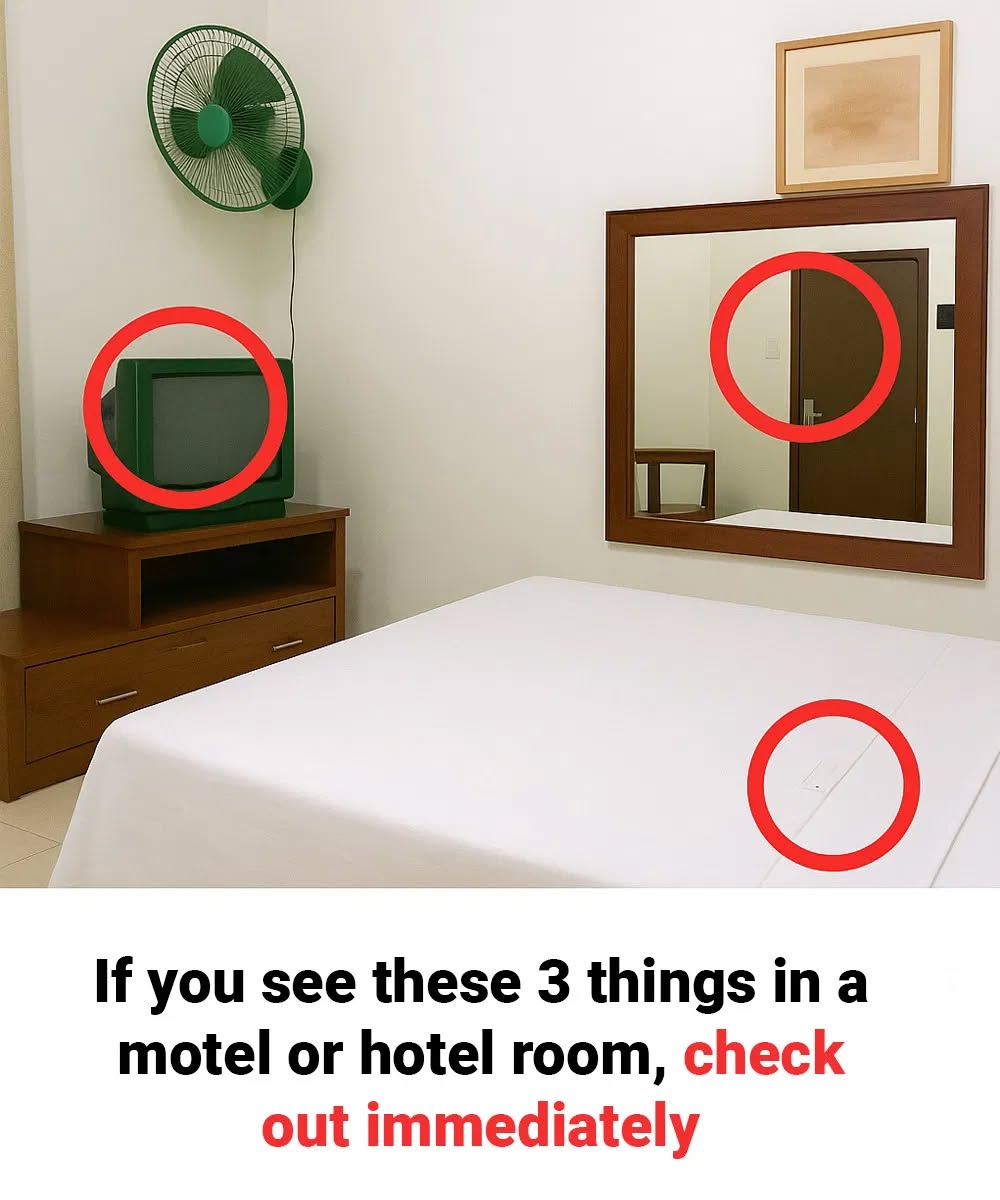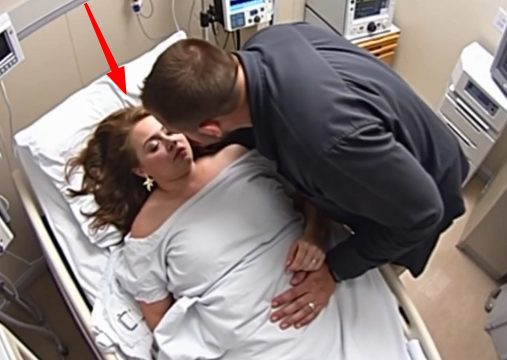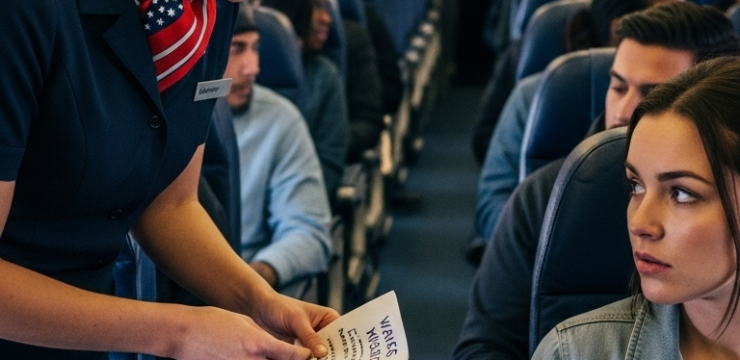If you’re checking into a motel or hotel while traveling or on a business trip, it’s easy to let your guard down the moment you walk into the room. Most people are focused on resting after a long journey, and they don’t take the time to inspect their surroundings. However, this simple oversight could expose you to potential safety and privacy risks.

Before you settle in, it’s important to conduct a quick but thorough inspection of your room. There are three major red flags that should never be ignored—if you spot any of these, you should consider checking out immediately and notifying hotel management or local authorities if necessary. The first thing you should inspect is every mirror in the room. While it might sound like something out of a movie, two-way mirrors do exist and can be used to secretly observe guests. A two-way mirror looks like a regular mirror on your side, but someone on the other side can see through it.
This type of mirror has been used in various cases involving unauthorized surveillance, and although it’s not common, the risk is serious enough that it’s worth checking. There’s a simple trick to help you identify a two-way mirror—try pressing your fingertip directly against the glass. If it’s a regular mirror, there will be a small gap between your finger and its reflection. If it’s a two-way mirror, your fingertip and its reflection will touch with no gap. It’s not foolproof, but it’s a quick way to help detect tampering. Also, check the edges of mirrors to see if they appear mounted into the wall like windows rather than being hung like normal mirrors. The next concern is hidden cameras. While hotel chains and legitimate motel owners are typically very strict about guest privacy, there have been cases where guests with bad intentions planted hidden cameras in hotel rooms, sometimes disguising them as everyday objects like alarm clocks, smoke detectors, power outlets, or even pens.
These spy devices can be bought online and are often very small, making them hard to spot unless you’re actively looking for them. That’s why it’s important to take a moment to scan the room, especially around the bed, bathroom, and changing areas. Look for anything that seems out of place, such as an object facing the bed that doesn’t have a clear purpose or a smoke detector in an unusual position. You can also turn off the lights and shine your phone’s flashlight around the room. The lens of a hidden camera will often reflect light, revealing a small gleam that can tip you off to its location.
Lastly, take a close look at the cleanliness of the room, especially when it comes to faucets and showerheads. These areas should be clean and free of buildup if the room has been properly cleaned. If you notice grime, rust, or hair stuck in the showerhead or faucet, it could be a sign that the room hasn’t been thoroughly sanitized. In some cases, previous guests may have left behind unsanitary conditions that weren’t addressed before you checked in. You can even unscrew the showerhead to check inside the pipe. If you see any suspicious residue, black mold, or debris, that’s a hygiene red flag. A clean hotel room is a basic standard of service, and you shouldn’t have to compromise on your health and comfort. If you find issues like this, report them to the front desk immediately and request either a cleaner replacement room or a refund if no solution is available. In conclusion, staying alert when you enter a hotel room is a small effort that can protect you from serious issues related to privacy, security, and hygiene. While most hotel experiences are safe and uneventful, being aware of these three signs—a suspicious mirror, hidden recording devices, and poor cleanliness—can help you avoid a dangerous or uncomfortable situation. Trust your instincts, and if something feels off, don’t hesitate to leave and find a safer place to stay.





